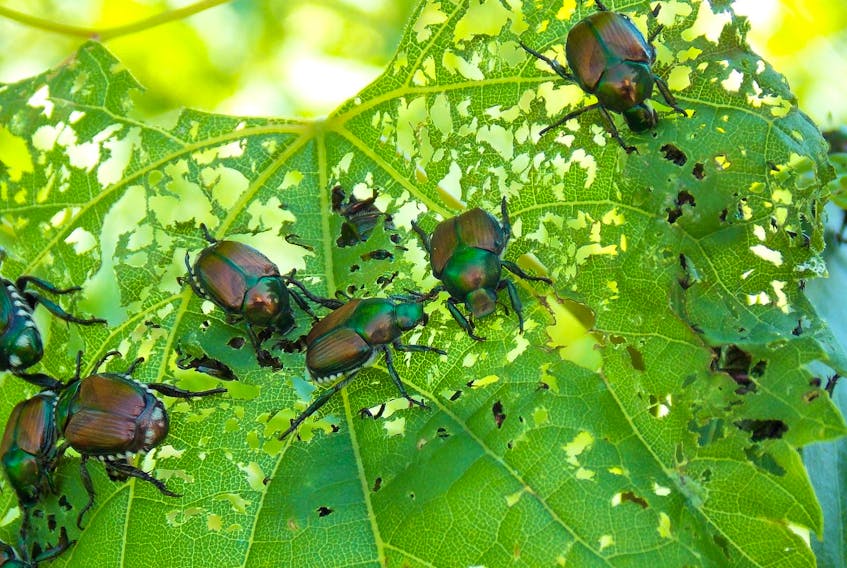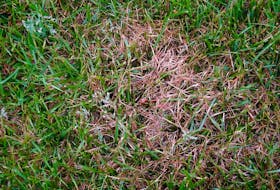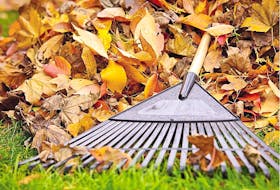Its time to start pay attention to the invaders in our outdoor spaces. This year has seen a jump in some unwelcome pests in the gardens, the trees and even swarming the lawn.
Here are the top three on my personal most wanted list.
Gypsy moths
Gypsy moths have been around for a while in our forests and parks. There have been several different methods used to try and contain the spread of this invasive insect, but now they are moving into urban settings. Its time to get ready for the hoard.
Coming from Europe, gypsy moths have now become the most significant tree-defoliator in North America. There are four stages to their life cycle, but the most devastating stage in as a caterpillar — where they can feed on the leaves of more than 500 varieties of native trees including oak, maples and willows. By stripping the leaves from a tree, the gypsy moth weakens it, often allowing other infestations to move in, causing long-term damage and even death.
Male gypsy moths are brown and can fly while the females are white and can’t. Look for caterpillars that have blue and red dots on their bodies. If you have an infestation, contact your local land and forestry office for the solutions that are being used in your area.
Japanese Beetles
Japanese beetles are my personal nemesis. The copper-body insects with dark green heads have destroyed some of my favourite plants. As you may suspect, the Japanese beetle came to Canada from several islands around Japan.
Now that they are here, they have become a large problem for homeowners as these beetles do not discriminate on what plants they like to eat.
Look for leaves that are skeletonized, with only the veins remaining. Japanese beetles also have grubs which live in the lawn, so a combination of patches in the lawn and chewed leaves of plants is the easiest way to know if you have a problem.
The most effective way to getting rid of these pests is to remove them by hand into a bucket of soapy water. Traps are also effective, but before you destroy the beetles, make sure you haven’t trapped some beneficial varieties by mistake.
Much like Japanese beetles, the Scarlet lily beetles have been imported from overseas and now call Canada home. Interestingly, we can trace the first lily beetles to Montreal, where the North American invasion began. Now, these red bugs are happily eating members of the lily family all across the country.
With no known predators, the only way to really get rid of these invasive pests is to remove them by hand. Personally, I use a small portable vacuum and suck them up. Then I empty the chamber into a bucket of soapy water to finish them off.
Anther effective method is to wrap an old pillowcase around the bottom of the plant and give it a shake. This dislodges the bugs on the case, making it easy to then move them to the bucket of soapy water.
As homeowners, we all need to pay attention to the invaders in our yards.
If we employ proper treatment measures, and talk to each other about what is going on with our trees and plants, we can reduce the impact these invasive species are having in our green spaces.









